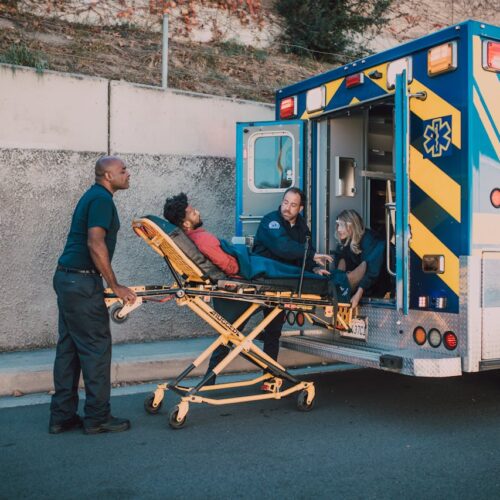To assist policymakers and practitioners seeking to reduce recidivism and improve reentry outcomes for people transitioning back into their communities from incarceration, The Council of State Governments (CSG) established the Re-Entry Policy Council (RPC) in 2001. Prisoner reentry was identified as a particularly pressing issue at that time for several reasons: recidivism rates were high; corrections budgets had soared to accommodate increasing numbers of people in prisons and jails at a time when fiscal crises in most states were forcing cuts in critical services; and this significant growth in corrections spending had not resulted in increased public safety. The RPC had two specific goals: to develop bipartisan policies and principles for elected officials and other policymakers to consider as they evaluated reentry issues in their jurisdictions; and to facilitate coordination and information-sharing among organizations that were implementing reentry initiatives, researching trends, communicating about related issues, or funding projects.
The RPC comprised a bipartisan group of 100 leaders representing nearly every component of the criminal justice system; administrators and service providers in education, job training, job placement, housing, health and mental health care, substance addiction treatment, and other forms of support; policymakers at the local, state, and national levels; victim advocates; formerly incarcerated people and their families; and faith-based and community-based organizations. To coordinate the project, CSG organized a steering committee of 10 key partner organizations.*
The landmark Report of the Re-Entry Policy Council: Charting the Safe and Successful Return of Prisoners to the Community grew out of this initiative, providing a comprehensive set of recommendations made up of 35 policy statements, each of which describes consensus-based principles to underpin reentry initiatives. Each policy statement is followed by a description of the problem it addresses, including research highlights that summarize relevant statistics and studies; recommendations identifying the steps needed to implement the corresponding policy; and examples of reentry efforts in a variety of communities. Topics include: planning a reentry initiative; reviewing reentry processes, from admission to the institution to return to the community; and the elements of effective health and social service systems.
The foundational report addresses elected and appointed officials at the local, state, and federal levels of government, but also speaks to practitioners, researchers, advocates, and others interested in improving the transition people make from prison and jail back into the community.
Project Partners:
- American Probation and Parole Association
- Association of State Correctional Administrators
- Corporation for Supportive Housing
- National Association of Housing and Redevelopment Officials
- National Association of State Alcohol/Drug Abuse Directors
- National Association of State Mental Health Program Directors
- National Association of Workforce Boards
- National Center for State Courts
- Police Executive Research Forum
- Urban Institute
















